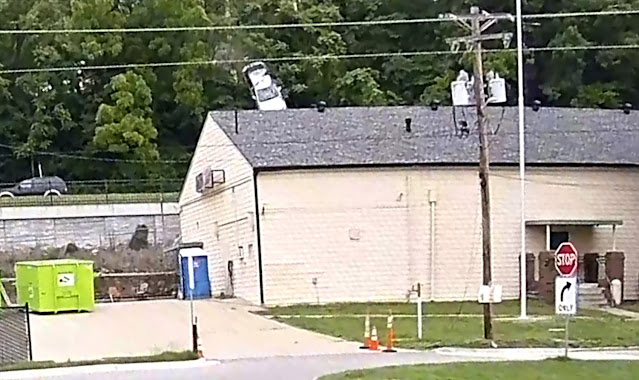The Future Takes Flight: Exploring the Latest in Flying Car Technology
The concept of flying cars has long captured the imagination, symbolizing a futuristic era of transportation. As of April 2025, this vision is rapidly transitioning into reality, with significant advancements in electric vertical take-off and landing (eVTOL) vehicles and autonomous air taxis. Here’s an engaging look at the latest developments propelling us into the age of airborne commuting.
Major Players Accelerating the eVTOL Race
 |
Several industry giants are making notable strides in the flying car sector:
• Joby Aviation: Backed by substantial investments from Toyota and Delta Air Lines, Joby is progressing through the Federal Aviation Administration’s certification process. The company aims to introduce air taxi services in cities like New York and Los Angeles, with plans to deliver aircraft to the U.S. Air Force by 2025.
• Archer Aviation: Targeting electric air taxi trials in India by 2025 and commercial services by 2026, Archer is collaborating with Stellantis to scale manufacturing. The partnership aims to absorb significant capital expenditures, positioning Archer favorably in the market.
• Lilium: This company has initiated production of advanced battery packs for its Lilium Jet, with a piloted flight targeted for the end of 2024. Collaborations with entities like Lufthansa Group and Atlantic Aviation are set to establish necessary infrastructure for regional air mobility services.
Innovative Designs and Emerging Competitors
Beyond the major players, other companies are introducing unique designs and concepts:
• Doroni Aerospace: Their H-1 Hummingbird, featuring tandem wing technology, has received FAA type certification and is expected to be delivered soon. The aircraft promises a range of 60 miles and a cruise speed of 100 mph.
• Samson Sky: The Switchblade, a hybrid electric flying car, has garnered over 2,300 reservations across 57 countries. Capable of transforming from car to aircraft in three minutes, it aims to reach altitudes of 13,000 feet with a maximum speed of 190 mph.
 |
| Alauda Unveils Manned Airspeeder Mk4 Flying Car |
Regulatory Milestones and Infrastructure Development
Regulatory bodies are adapting to the emergence of flying cars:
• The U.S. Federal Aviation Administration has established a new category for eVTOL aircraft, facilitating the certification process for commercial passenger use.
• States like Minnesota and New Hampshire have approved regulations for flying cars, paving the way for their integration into existing transportation systems.
 |
| Xpeng to deliver flying cars 'in 2025'.. |
Challenges and Public Perception
Despite technological advancements, challenges remain:
• Public Acceptance: Surveys indicate significant discomfort with pilotless flights, though acceptance is expected to grow with demonstrated reliability and cost benefits.
• Infrastructure: The development of vertiports and air traffic management systems is crucial for the seamless integration of flying cars into urban environments.
• Regulatory Hurdles: Achieving comprehensive regulatory approval is essential to ensure safety and standardization across regions.
The Road Ahead
As companies race to launch the first commercially viable flying cars, the industry anticipates a transformative impact on urban mobility. With projections estimating the market’s worth at up to $2.9 trillion by 2040, the fusion of automotive and aviation technologies is set to redefine transportation.
The dream of personal air travel is on the cusp of realization, promising to alleviate urban congestion and revolutionize our daily commutes. As we stand at the threshold of this new era, the sky is truly the limit.



